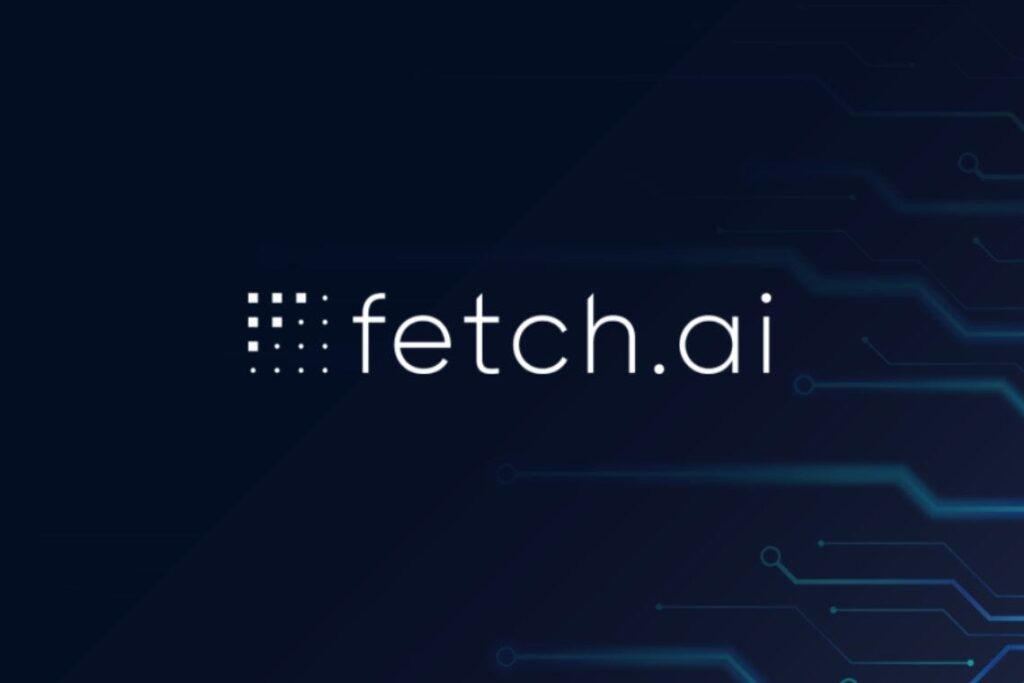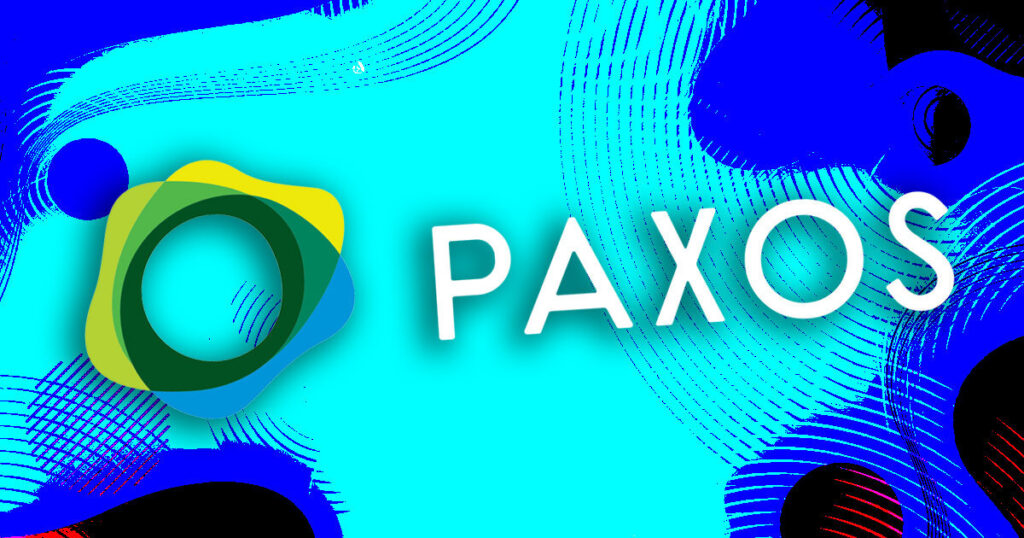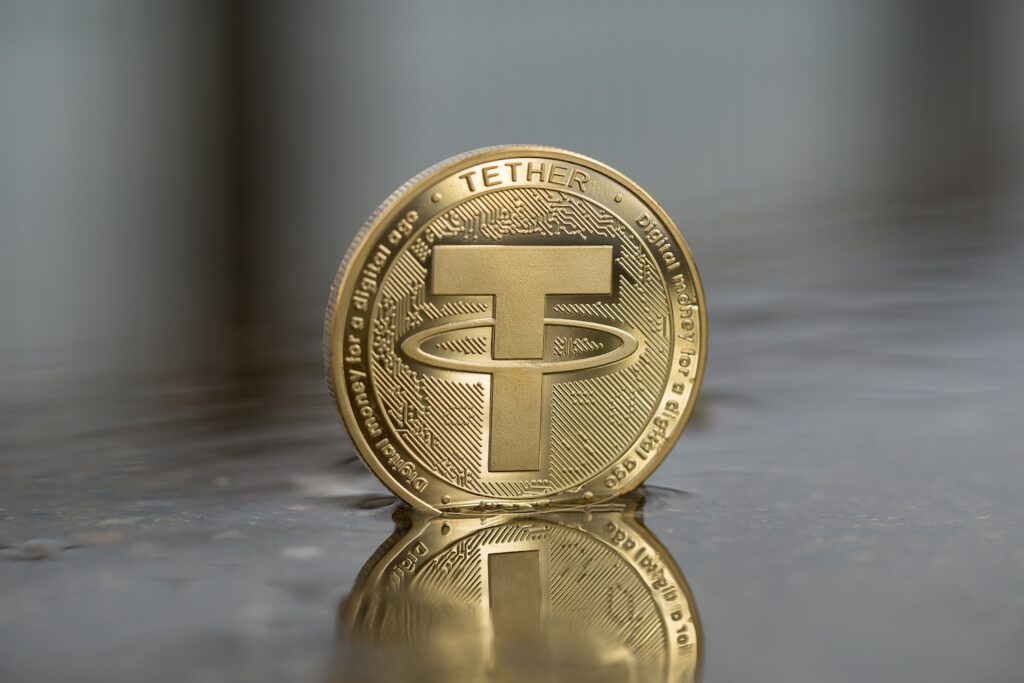Chromia has announced that its MVP Mainnet will be activated on July 16, marking a significant advancement in its relational blockchain technology. The MVP Mainnet launch is set to solidify the foundation of the Chromia network and initiate the use of the native CHR token. This move will allow the existing CHR token, currently operating as ERC-20 on Ethereum and BEP-20 on BNB Chain, to be migrated to the MVP Mainnet.
The Mainnet will start crucial functions essential for the network’s operations and security, including network hosting fee payments and provider payouts, which will be exclusively managed on the MVP Mainnet.
Henrik Hjelte, Chromia’s co-founder, reflected on the project’s inception and evolution, stating, “Our journey began twelve years ago with Colored Coins, the world’s first token protocol. Following this, we launched a bank-backed stablecoin and recognized the potential of integrating relational databases with blockchain, inspiring the creation of Chromia. After years of development, we are thrilled to see the concept of relational blockchain become a reality.”
Alex Mizrahi, another Chromia co-founder, emphasized the unique architecture of Chromia, “Chromia combines blockchain architecture with ideas from cloud computing and database theory to provide a full spectrum of tools needed to deliver an amazing end user experience. This launch sets the stage for the future growth and development of our network, and I’m excited to see what developers can create with our tech.”
Chromia’s platform, developed by ChromaWay, utilizes relational blockchain technology which restructures on-chain data management, enhancing the efficiency of complex searches and calculations without depending on external services like indexing, data availability layers, or RPC servers.
The platform offers a novel approach to blockchain economics where developers can lease resource containers and generate revenue, easing user interaction and fostering new Web3 business models. This setup allows even non-cryptocurrency owners to engage with decentralized applications (dapps).
With the foundation established, Chromia’s MVP Mainnet is poised for a gradual increase in network activity, expected to enhance the Total Value Locked (TVL) as more dapps and assets transition from EVM chains to the Chromia platform.









 Bridging is supported directly in the Transfer function and swapping in the Swap tab. Cross-chain transfer is embedded in the swapping process: if a user wants to swap DOT to USDT on Polkadot Asset Hub but only has DOT on Polkadot, SubWallet prompts the user to first transfer cross-chain from Polkadot to Polkadot Asset Hub, then make the swap. This built-in cross-chain feature also applies when users try to liquid stake with SubWallet with DOT from the Polkadot relay chain. This way, users can easily try out new features on a familiar UI/UX without having to navigate a third-party app and learn a new flow from scratch.
Bridging is supported directly in the Transfer function and swapping in the Swap tab. Cross-chain transfer is embedded in the swapping process: if a user wants to swap DOT to USDT on Polkadot Asset Hub but only has DOT on Polkadot, SubWallet prompts the user to first transfer cross-chain from Polkadot to Polkadot Asset Hub, then make the swap. This built-in cross-chain feature also applies when users try to liquid stake with SubWallet with DOT from the Polkadot relay chain. This way, users can easily try out new features on a familiar UI/UX without having to navigate a third-party app and learn a new flow from scratch.
